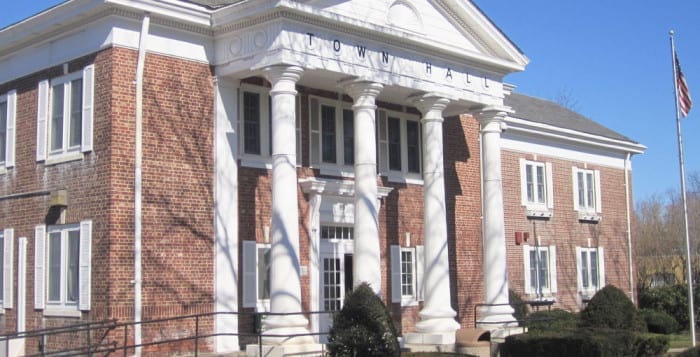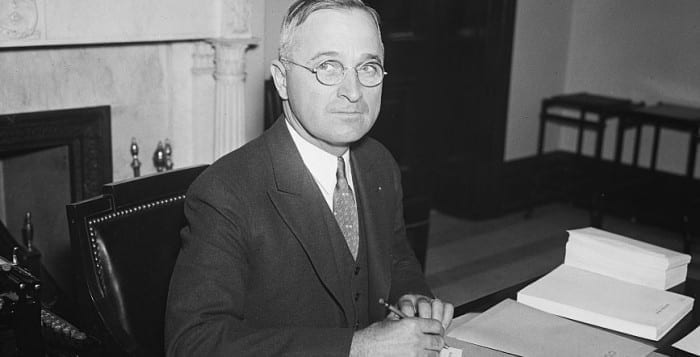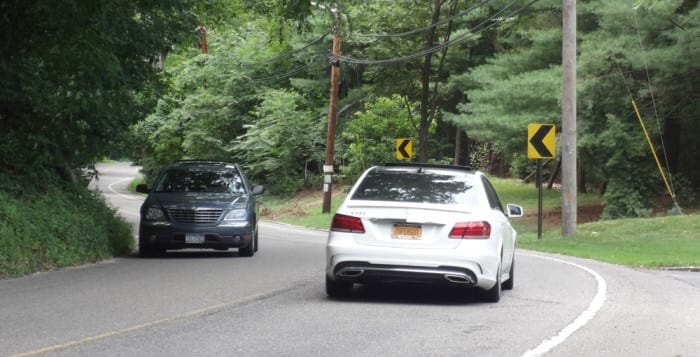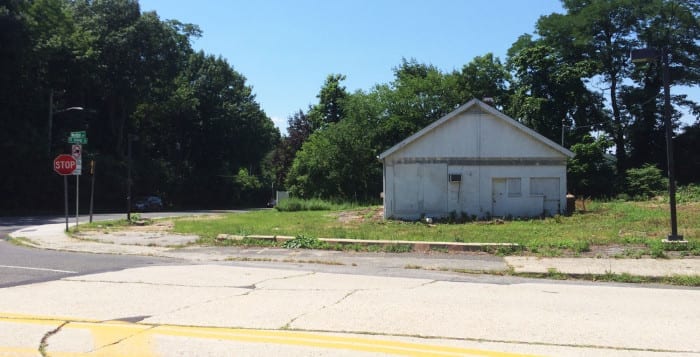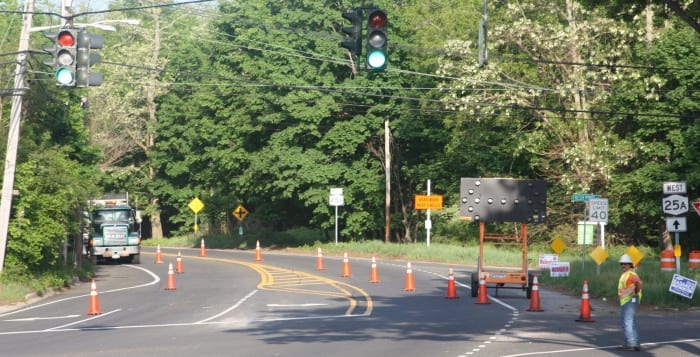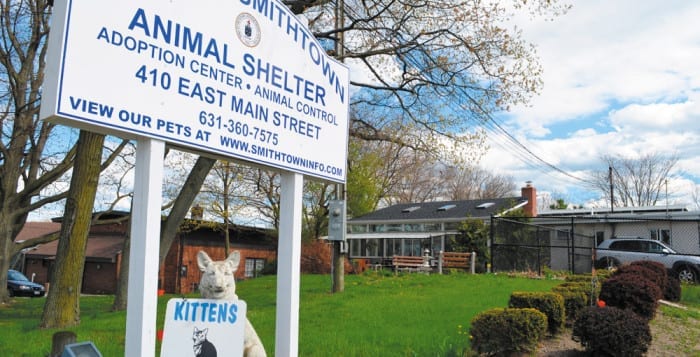The Commack Volunteer Ambulance Corps is running out of credit, and is calling on the Smithtown Town Board to help them change the way they sustain cash.
Director Rich O’Brien and chief Tom Lowenberg of the Commack VAC spoke before the Town Board at a work session on Tuesday morning with hopes of swaying the town to help them seek new ways to collect revenue and, hopefully, save taxpayer dollars for both Smithtown and Huntington residents who utilize the service.
O’Brien pitched a plan that would essentially bill private insurance companies for patient care, which he said would ultimately reduce the amount of money both towns would need to allocate to the group on an annual basis.
When a resident receives care through the Commack VAC, O’Brien said the group would then submit a patient care report to the hospital, which would gather insurance information on the patient, and then the VAC would bill the insurance company for reimbursement of costs, which could be as high as $1,000 on any given call. If a resident does not have insurance, he said the group would establish a plan in which they could pay for the services they received.
O’Brien said his group’s call volume has been steadily increasing to nearly 3,600 calls each year, but revenues have not matched the growth to accommodate activities.
“This is simply the most practical way to save taxpayer money,” O’Brien said. “Commack is growing, and if you look at the Commack division between Smithtown and Huntington, our calls are coming in around 60 percent Smithtown and 40 percent Huntington.”
The director said the group had been advised to borrow money to keep it afloat, but rising debt costs have left the VAC at what O’Brien and Lowenberg called a plateau.
“We started borrowing, but our operating budget has suffered,” Lowenberg said.
In order to reduce taxpayer dollars, O’Brien said Commack should follow suit of other volunteer ambulance corps across Long Island to seek financial reimbursements from residents’ insurance companies, and use the money to help expand the services and also leave the group less reliant on town money.
Lowenberg said insurance company reimbursements were an untapped resource utilized typically at private ambulance companies, but not as much by volunteer groups.
He also said new revenues would help the VAC fund a fifth ambulance vehicle and potentially expand into a new space near Commack Road and New Highway.
The 2015 adopted budget for Smithtown allocated $1,001,435 for the entire Commack Ambulance District.
Smithtown Comptroller Donald Musgnug said he has been working with the VAC to comb through the numbers and assess the best plan of action. He said insurance company money could potentially be what might eventually allow Commack’s VAC to stand on its own without the town’s taxpayer money to sustain it.
“It does seem to be a legal form of service they could do,” he said. “Clearly, there is a need for good volunteer ambulance corps service. Looking long-range, it stabilizes taxes to the district and would result in a decrease. It definitely should be pursued.”
The Commack group would still need Huntington Town to sign onto the plan in order to make it practical, Musgnug said, and town officials there have been vetting the proposal for future consideration.

